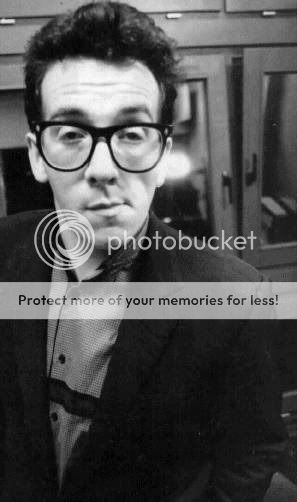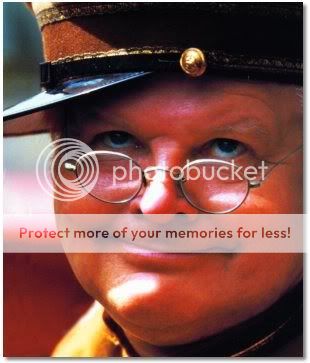- Messages
- 85
- Edit My Images
- No
Ok i might be posting this in the wrong place but i have a question that needs an answer.
Ok here it is, I was wondering we get lenses that have zooms from 10-20mm,18-50mm, 70-200mm so on and so on BUT (ok i might not put this out right) what would the human eye's focal scale be?
Is it a prime or zoom we have fitted in our heads?. This might be a strange thing to ask but i was wondering about this today and thought i would pop the question on here.
Ok here it is, I was wondering we get lenses that have zooms from 10-20mm,18-50mm, 70-200mm so on and so on BUT (ok i might not put this out right) what would the human eye's focal scale be?
Is it a prime or zoom we have fitted in our heads?. This might be a strange thing to ask but i was wondering about this today and thought i would pop the question on here.





